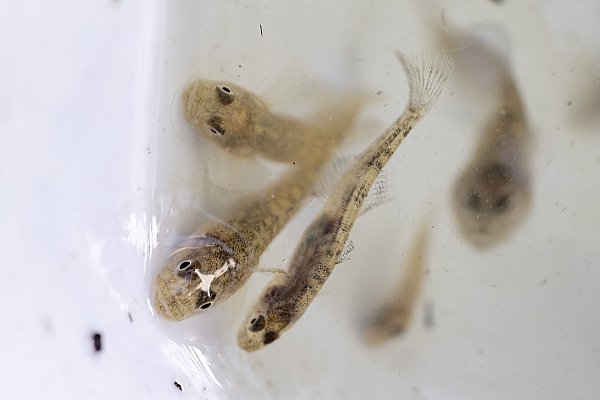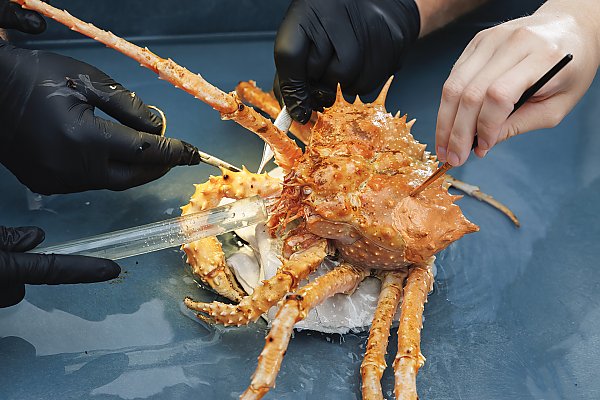April 15, 2015
Beyond seafood, fossil fuels, and mineral resources, the ocean provides essential natural services, what we call “ecosystem services” that sustain life on Earth. For example, 70 percent of the breathable oxygen on Earth is produced by ocean life, and the ocean is a critical regulator of the Earth’s climate system. Life on Earth couldn’t exist without these services, and the ocean provides them for free, via healthy, functional ecosystems. Through innovative, science-based planning of how we use ocean spaces, we can preserve and increase the economic value of the ocean and simultaneously preserve the ecosystem services it provides.
What does it mean to protect spaces versus protecting species? It means broadening our efforts to protect the function and health of habitats, instead of focusing only on saving specific animals. Saving a habitat protects hundreds or thousands of species, and preserves the connections that habitat has with the surrounding environment. We need to manage our ocean to protect not just biodiversity, but also the abundance of species and their ecological roles.
Humans can protect ocean habitats the same way we protect terrestrial ones. If you’ve ever been camping on public land, you’ve no doubt noticed that different places have different rules determined by agencies like the Bureau of Land Management and the National Park Service. It’s comparatively easy to regulate behavior on land spaces because they are easy to see and visit. Yet the ocean is protected by fewer laws, largely enforced through the honor system. We need to find better ways to protect the ocean and preserve its functional connections across regional and global ecosystem networks. We zone our wild lands to do this—why not start defining ocean zones for different uses and protections, deciding when and how to use them based on the needs of the ecosystems they contain?
This process is known as coastal and marine spatial planning (CMSP) and has been implemented by some countries already. The Aquarium hosted a forum on CMSP in 2011 to examine possibilities for its use in Southern California.
Of the animals at the Aquarium, sea otters are a good example of an animal that suffered an ecological extinction and were saved only by protection. Otters now need careful management of their habitats to ensure they don’t disappear again. Today otters are playing an important ecological role, which we can preserve and expand with the right actions. Similarly, it’s common to see harbor seals and California sea lions in this region, but Northern fur seals and Guadalupe fur seals common 200 years ago have disappeared from this area almost entirely. They represent cases of regional extinction brought about by unmanaged exploitation of the ocean. Loss of diversity threatens ecosystem stability and resilience, and preventing regional extinctions is therefore an important cause that can be aided by better regional management.
The Aquarium’s Honda Blue Cavern is modeled after the Blue Cavern dive site off Catalina Island, an example of a marine protected area, a place specifically protected from fishing and certain other activities. But what happens to an animal that leaves the safety of Blue Cavern? By establishing networks of MPAs and making more minor regulations of surrounding areas depending on ecosystem needs, we can help to ensure that MPAs serve their intended purpose.
The deep places of the ocean are simultaneously among the most pristine and poorly studied places on Earth, yet this is rapidly changing. Many of the same advances that now allow scientists to explore the deep ocean have also made it easier to exploit for fossil fuel extraction and even mining. Cases like the Deepwater Horizon spill illustrate that we must manage and coordinate deep sea industry as conscientiously as we would oil refineries on the other side of town.








